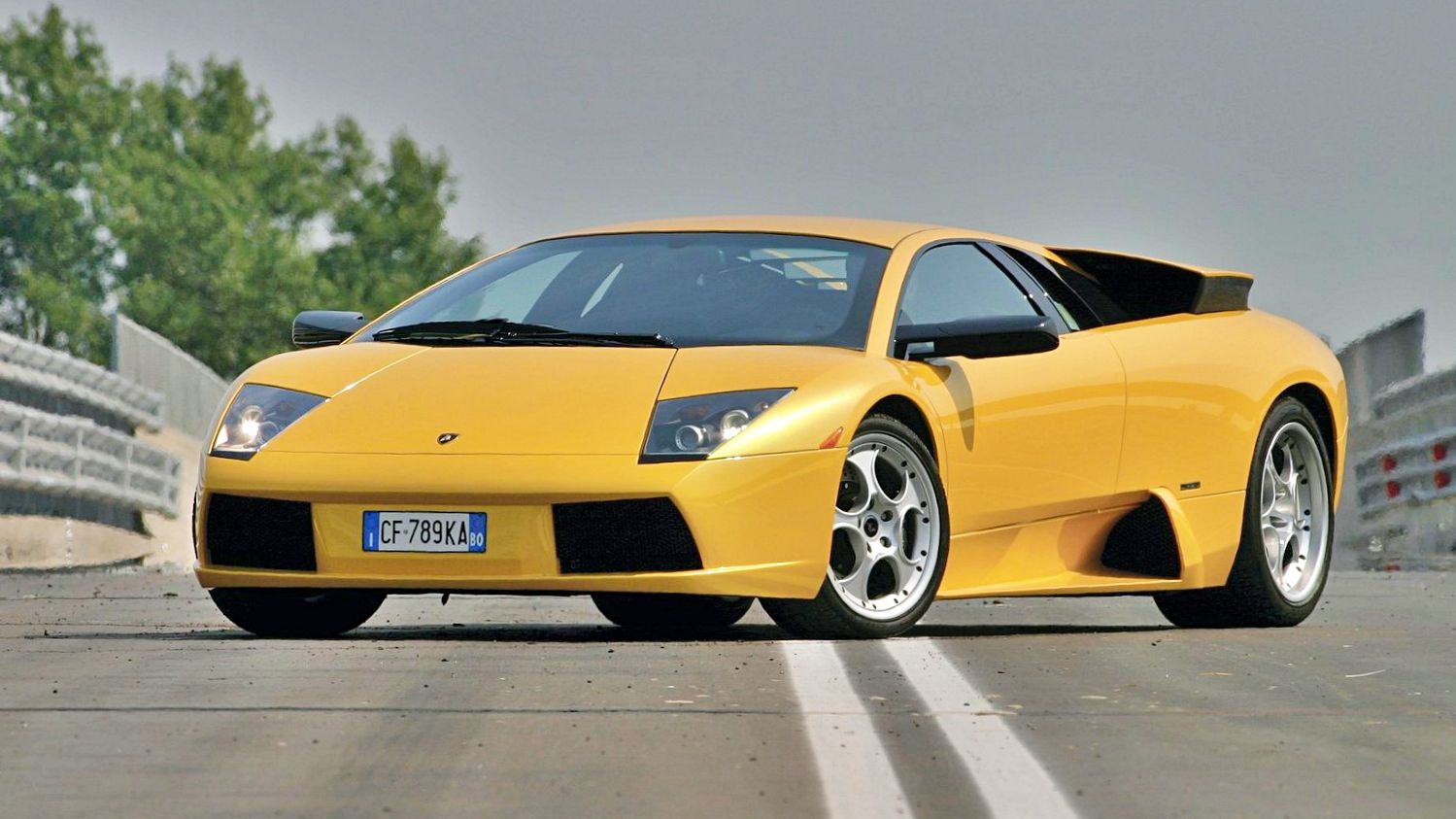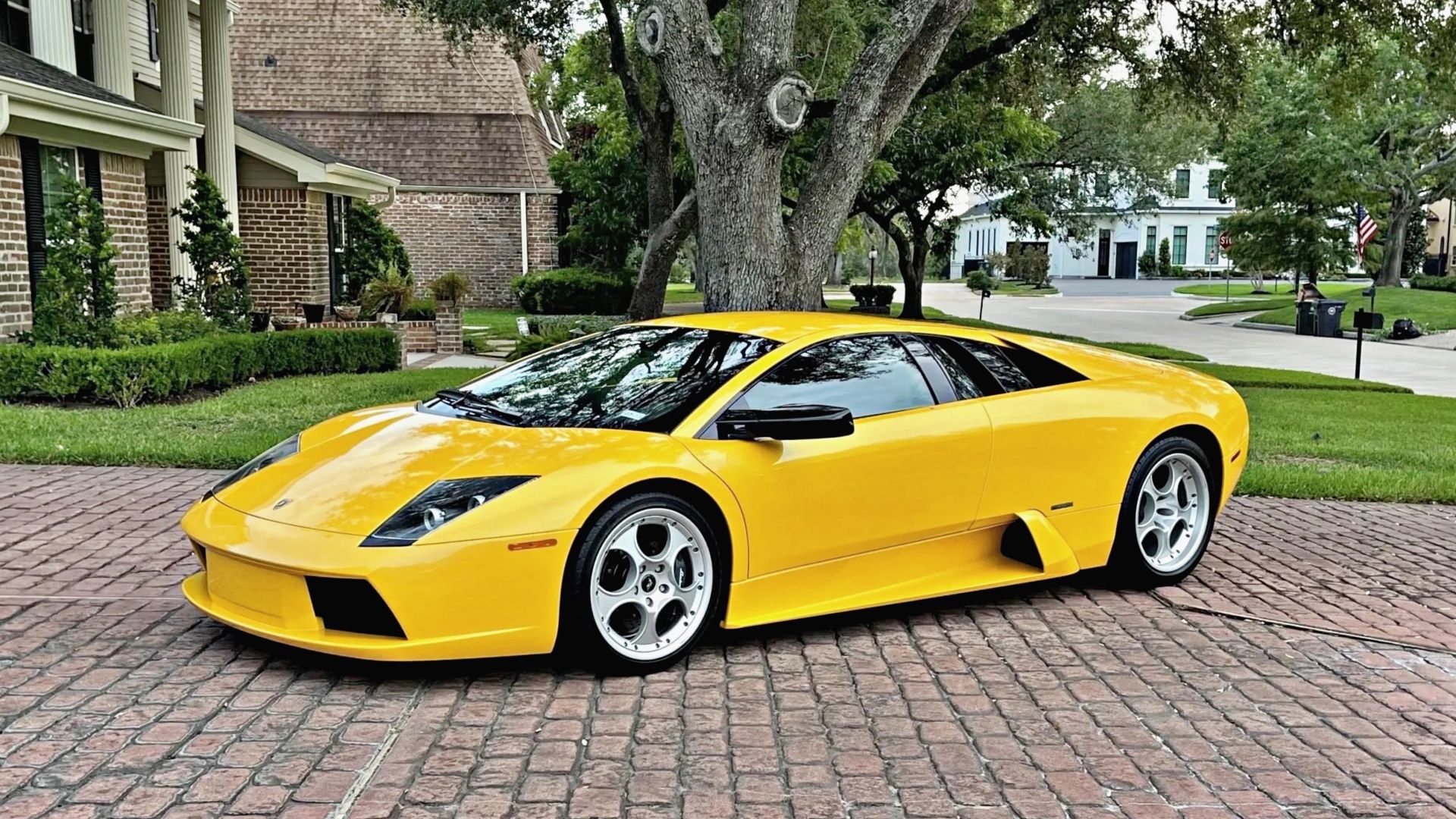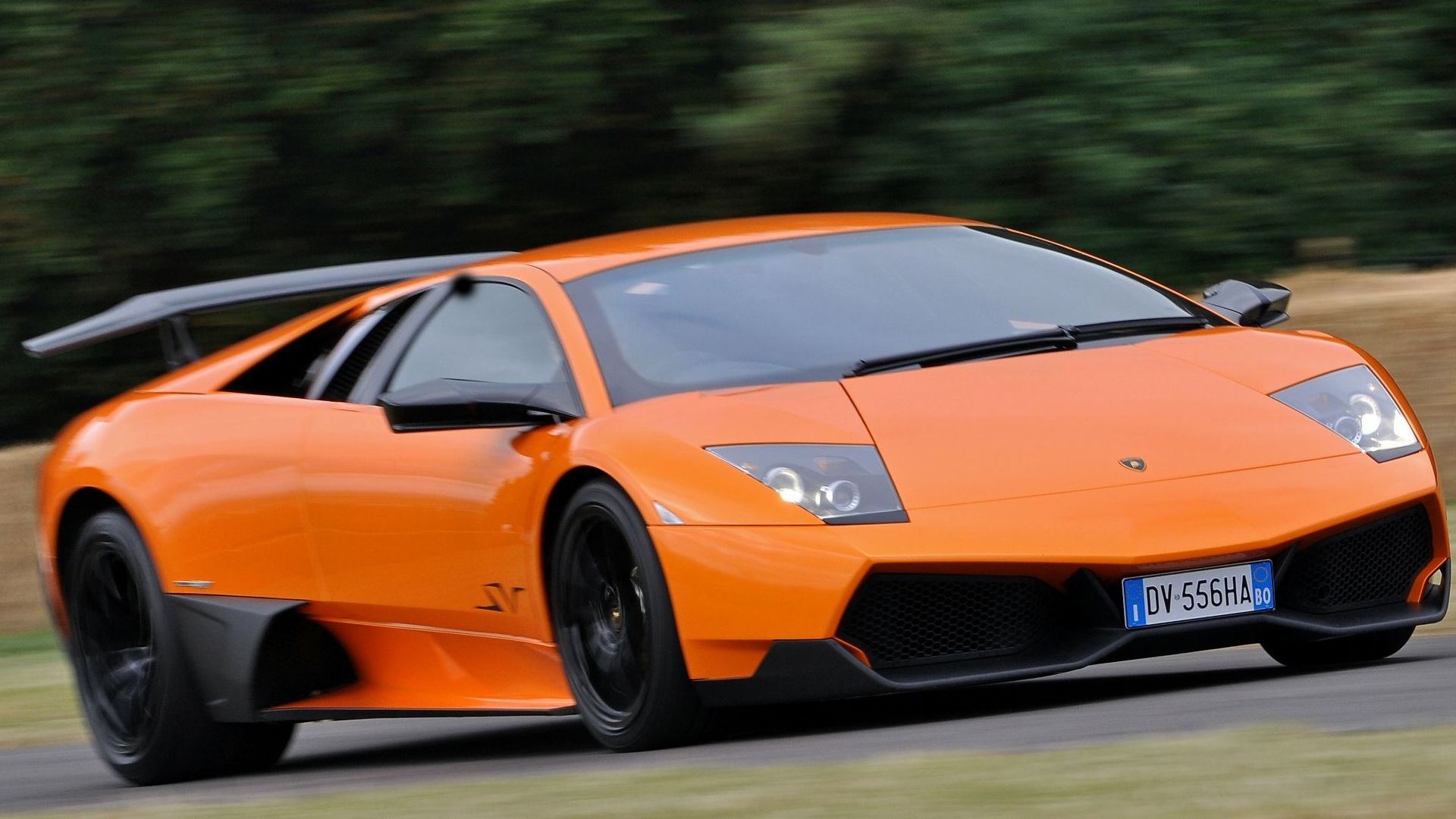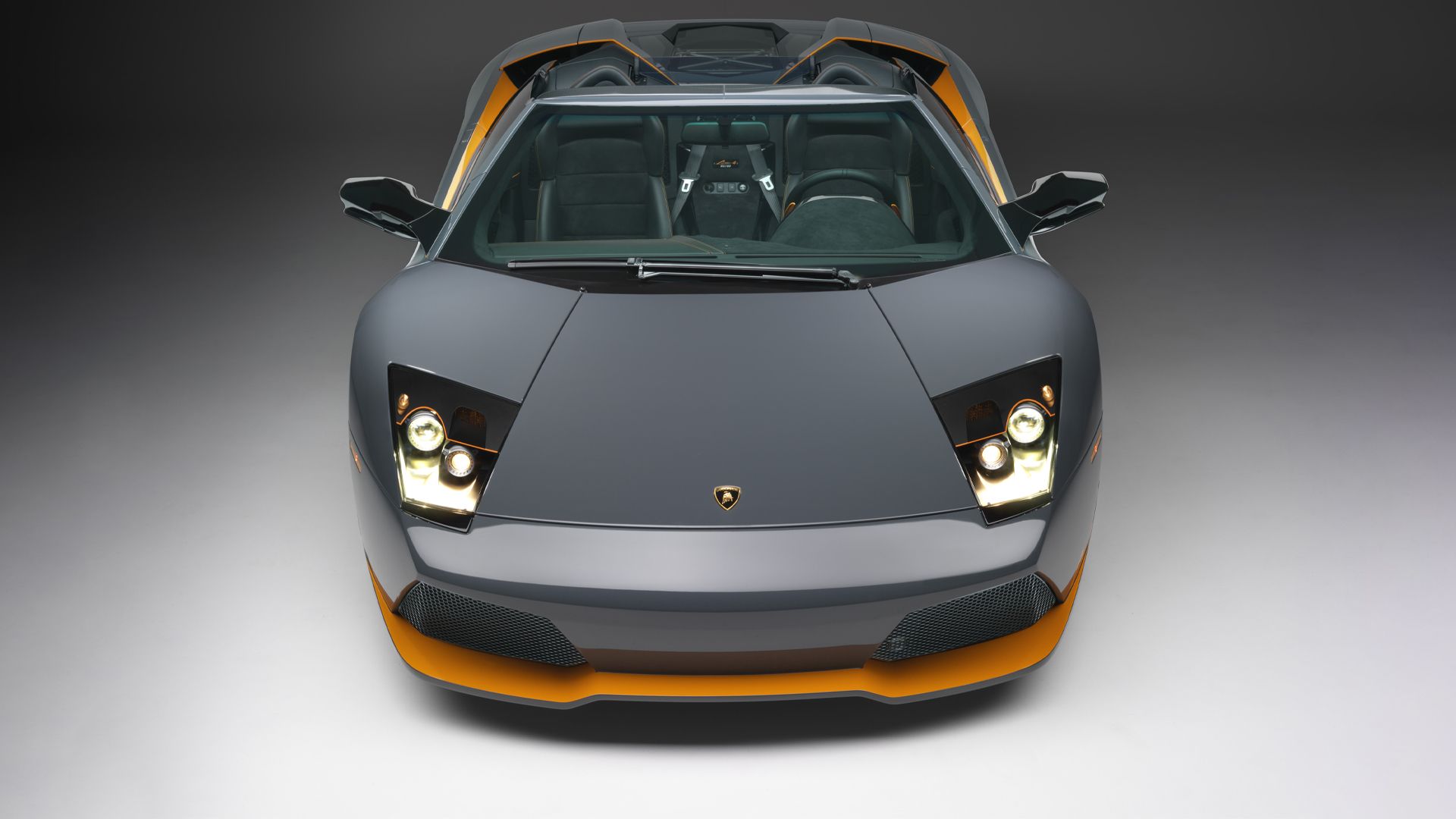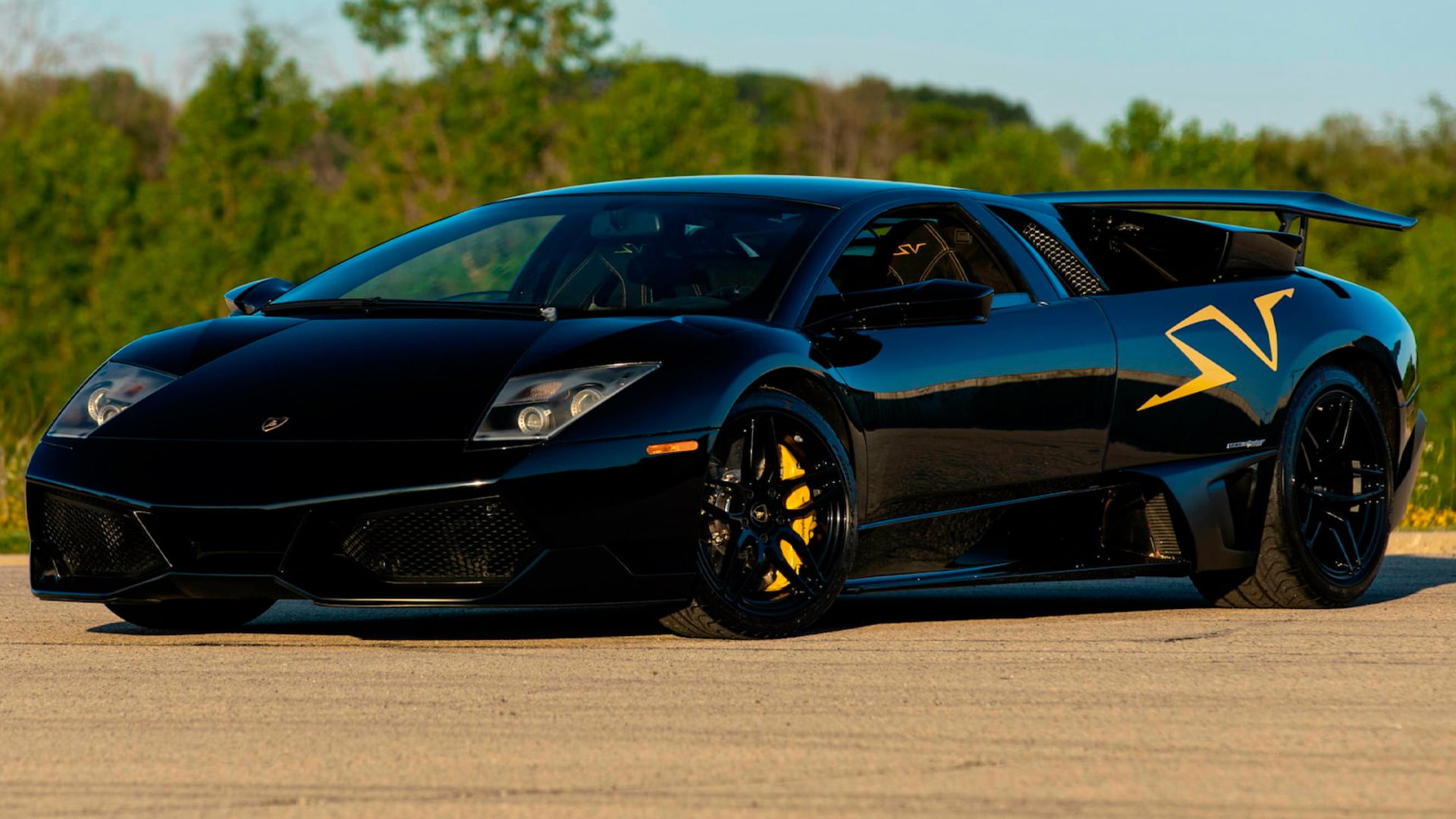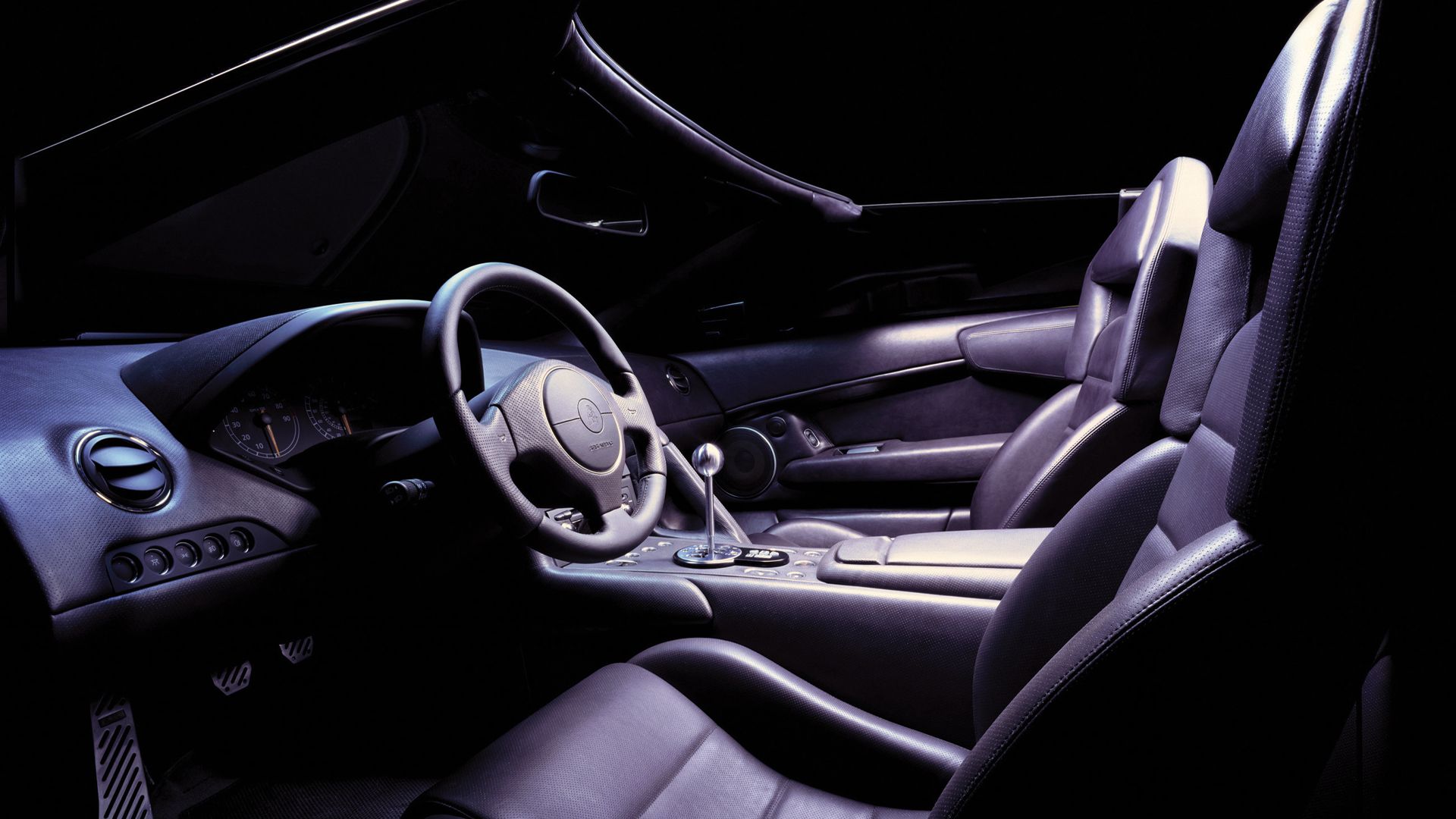The Murcielago was first introduced in 2001 as the successor to the Diablo and had a production run that lasted all the way to 2010. This was the first Lamborghini introduced after the brand’s acquisition by Audi/Volkswagen in 1998. In pure Lamborghini tradition, Murcielago - which translates to bat in Spanish, was named after a legendary fighting bull.
The styling was an evolution of the Diablo while staying true to Lamborghini’s flamboyant design language. The Lamborghini Murcielago looked loud and sounded truly breathtaking, with the V-12 engine pushing the car from 0-60 in lesser than four seconds. The Murcielago quickly and deservedly became a pop culture icon in its lifetime - who doesn’t remember the jet-black Murcielago from The Dark Knight?
Murcielago Over The Years
It was offered across five variants with two engine configurations, along with a handful of special editions. The first edition Murcielago, which ran from 2001 to 2006, came with a 6.2-Liter engine that made 580 horsepower at 7500 RPM and 479 pound-feet of torque. A Roadster version of this early model came out in 2004 which came with a manually detachable soft roof. In 2006, the next Murcielago variants - the LP 640-4 and the Roadster version were subsequently introduced.
This time there was a different engine powering these models - a 6.5-Liter V-12 which boosted the power up to 640 horsepower at 8000 RPM and 487-pound feet of torque. There was also a limited run of LP-650-4 Roadster, of which only 50 units were made in 2010. The last and most powerful version was released from 2009 to 2010 and called the Murcielago LP 670-4 SV, which had the same V-12 engine tuned to output 670 horsepower and 487 pound-feet of torque.
Why You Should Never Consider Buying One: You Have To Find One.
As per Lamborghini’s official sources, only 4099 Murcielagos have ever been made, of which only 186 are the SV, which makes finding one extremely complicated. Originally, the Murcielago came with a 6-speed manual transmission and an E-gear automatic transmission. The E-gear was initially popular with buyers, making the manual much harder to find.
A low mileage manual or E-gear model will cost you upwards of $1,20,000 today with the rarer SV models even going for a mind-blowing $5,00,000 and above. Shelling out more than half a million dollars for a 20-year supercar can be a little hard to stomach, especially when we can think of some excellent modern cars which can be purchased for a lot less.
High Cost Of Ownership
Once you have an example in your garage, the cost truly starts to add up. The Murcielago was designed to be driven hard and burn rubber on the road as well as the track. Pre-owned Murcielagos will have a range of minor issues from their many years of being driven fast and being pushed to their limits. The higher the mileage, the more issues it would have, with the transmission and electronics often being the first things to malfunction.
Additionally, spares are notoriously expensive, for example, the brake rotors need to be changed every 20,000 miles and could set you back $1300 per set. Some parts, like the front suspension which can be electronically raised to go over speed bumps, are unique to this car and cannot be replaced as the OEM does not make the particular model anymore. This means that a specialist will have to rebuild your front suspension which can cost up to $5000 per corner.
Insurance Costs Are High
It is a challenge to find the right insurance carrier for your Murcielago, as most auto insurance companies do not have an option for exotic and high-end cars. Once you do find an appropriate provider, the average cost of insurance for a Murcielago is an average $5,400 per year, which varies depending on which city you live in, your age, and your insurance carrier.
This next part is true for most supercars, if ever due to unexpected circumstances you ever have to claim insurance, you will not be invited to renew the insurance a second time with the same provider. Once you find another provider for your precious supercar, you can bet the premium will be considerably higher.
Driving It Brings The Value Down
Once you have it, you have to think twice before you take it out for a long road trip. Low-mileage Murcielagos are highly sought after by collectors, and if you want to recoup your investment in the long run, it helps to keep the odometer numbers low. This means that a Murcielago could potentially become a garage queen, spending its life not moving, except on occasional trips to the country or car events.
In other words, a Murcielago is not a strong choice for a daily driver or as the car in your one-car garage. On the flip side, low mileage examples actually appreciate and go up in value and are fast becoming collector’s favorites.
Comfort And Practicality
A Murcielago is a performance car and as such does not do well in cities. It is wide and low to the ground, making maneuverability in the city a nightmare. It was designed to be driven around sharp corners at ridiculous speeds while the aerodynamics and sticky tires keep you planted, be it on the road or out on the track.
The Murcielago was not made with touring in mind and consequently has stiff seats and stiffer suspension which make long drives tiring and sometimes painful. The average gas mileage of a Murcielago is around 11 MPG, 13 on the highway, and 8 mpg in the city. This means that owners actually spend a lot of time looking for fuel pumps while on longer journeys.
These are some of the major drawbacks which you have to consider before splurging on a Murcielago, but the trade-off is, no other car will make you feel the way that this one does. One of the last great naturally aspirated supercars of our time, the Murcielago does not have words like practicality or low-key in its vocabulary. It’s incredibly fast, loud, twitchy, and unforgiving as something wild that requires taming, just like a raging bull.
While the Murcielago is the stuff of legends, with its howling V-12 heart, here's why you may want to think twice before writing out a cheque for this raging bull which at one point, adorned most of our walls. Here’s why you should

